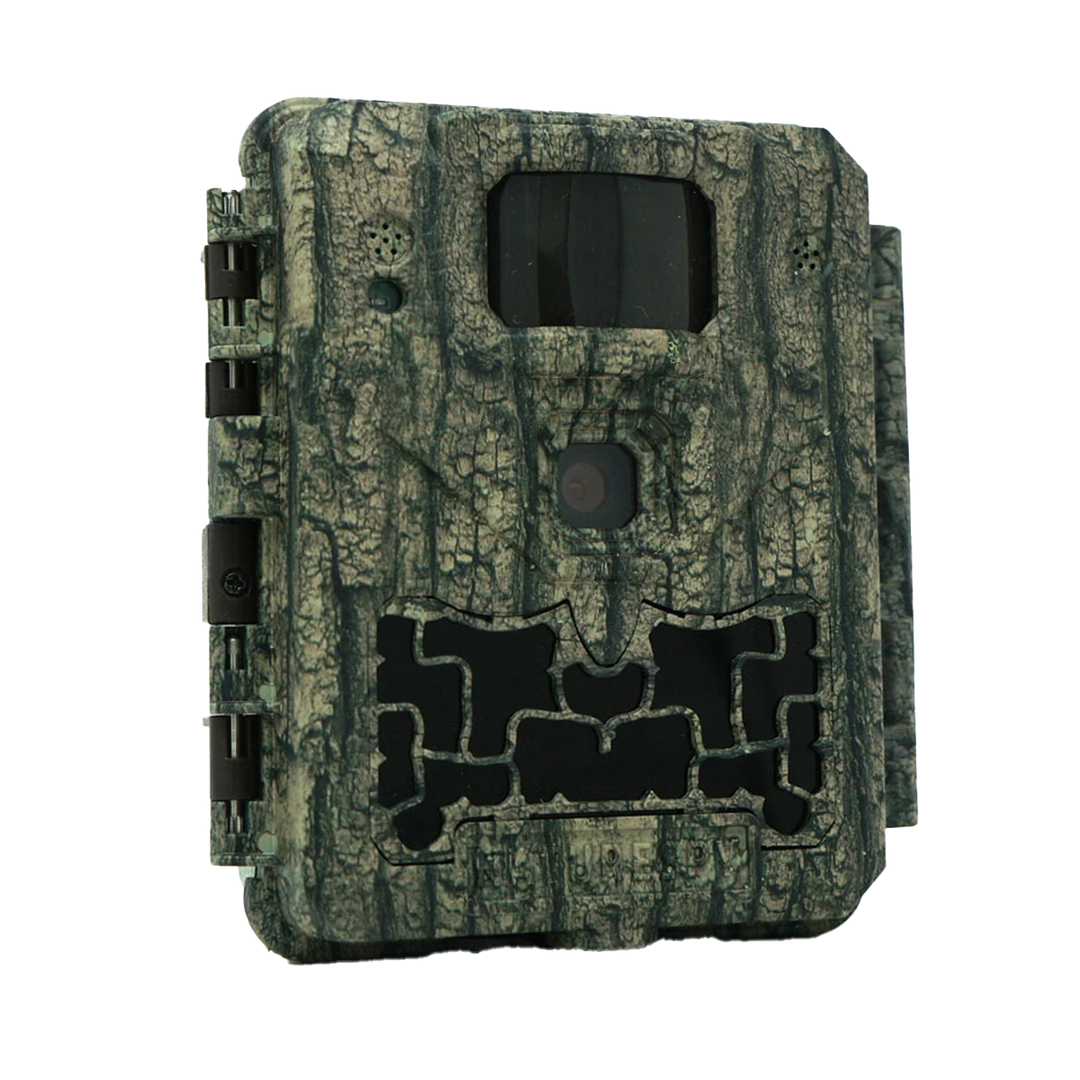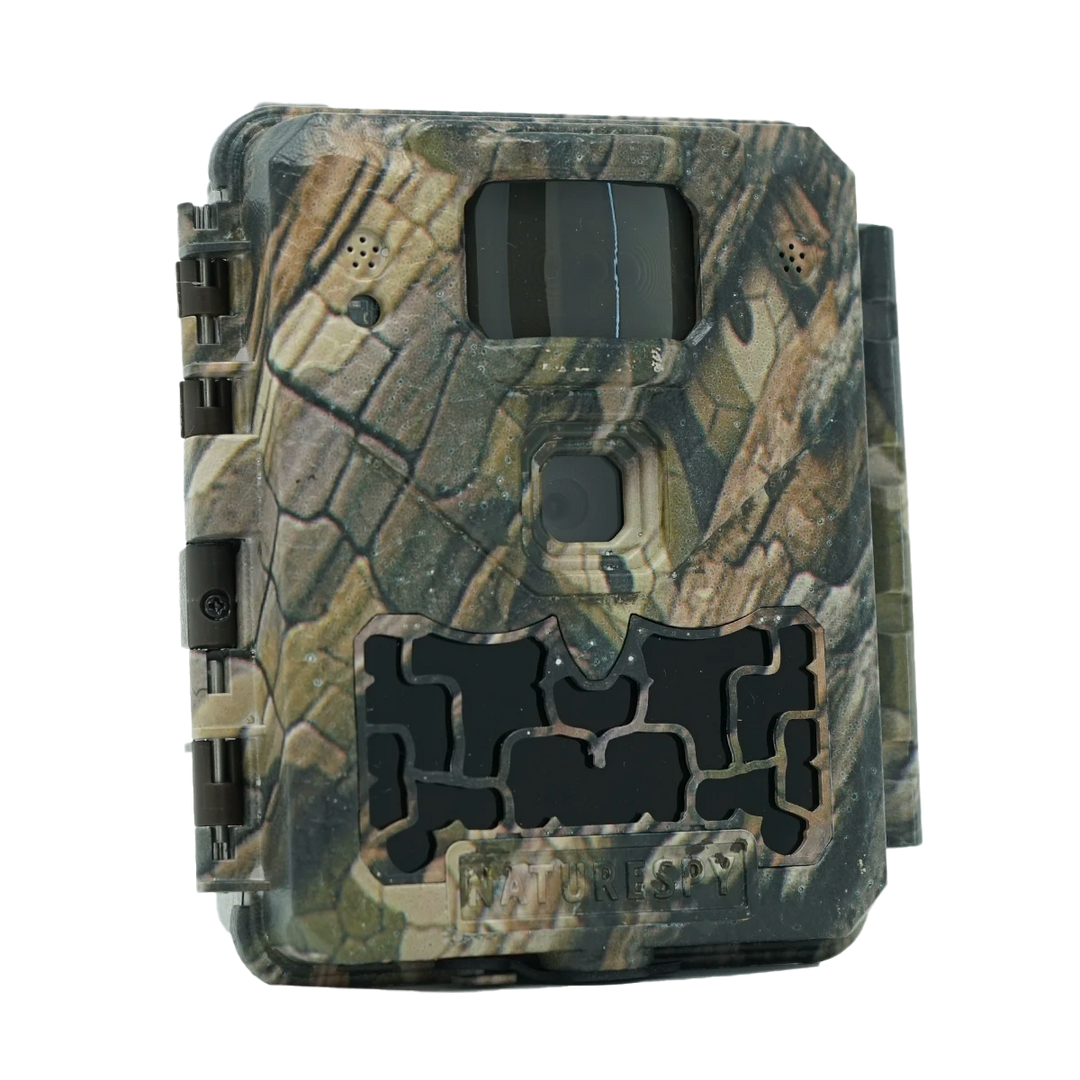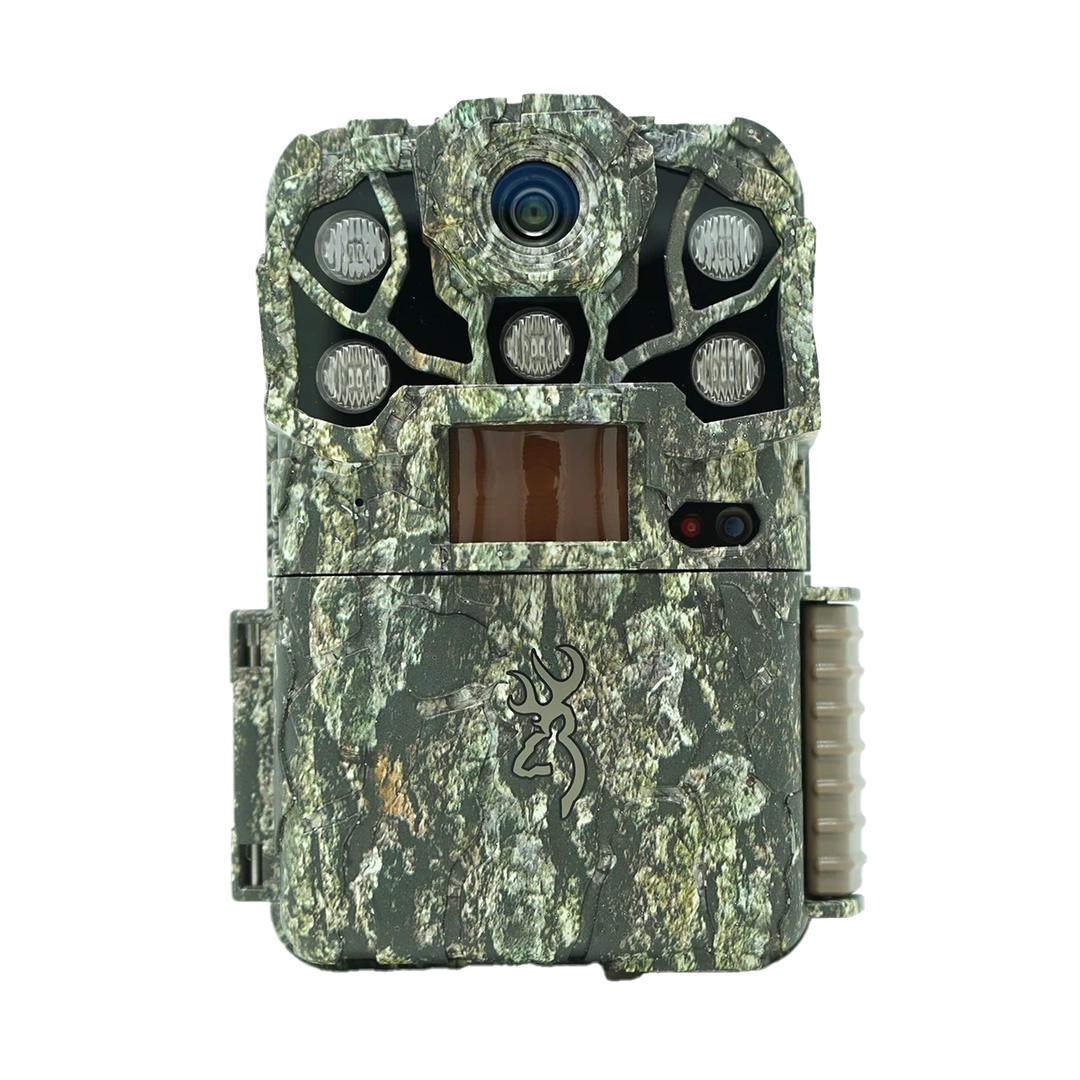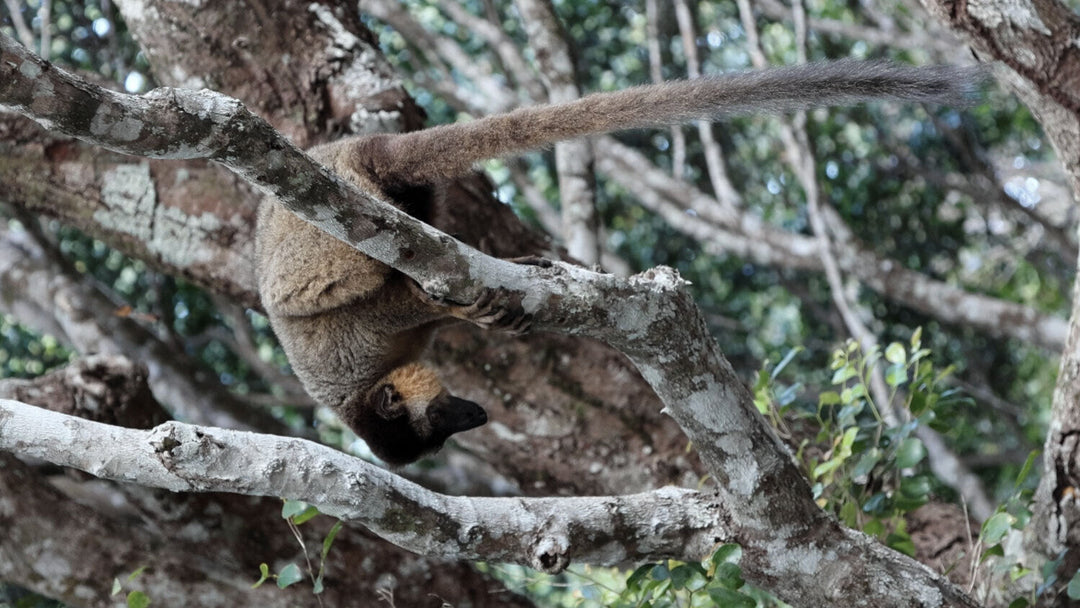Madagascar
SEED Madagascar
Building resilient communities and thriving ecosystems in southeast Madagascar.
The Ala Programme is a long-term conservation initiative led by SEED Madagascar in the Sainte Luce Littoral Forest, one of the last remaining viable littoral forests in southeastern Madagascar.
Who's involved
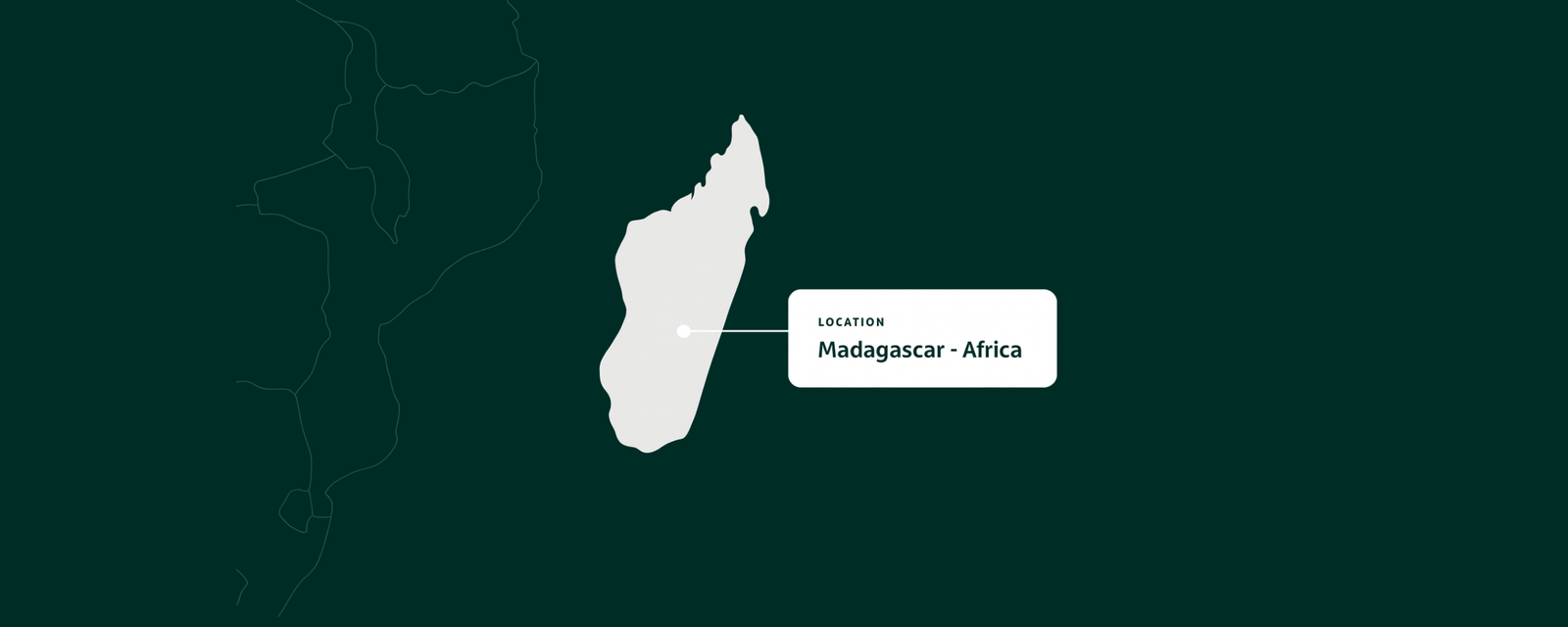
Ala Programme
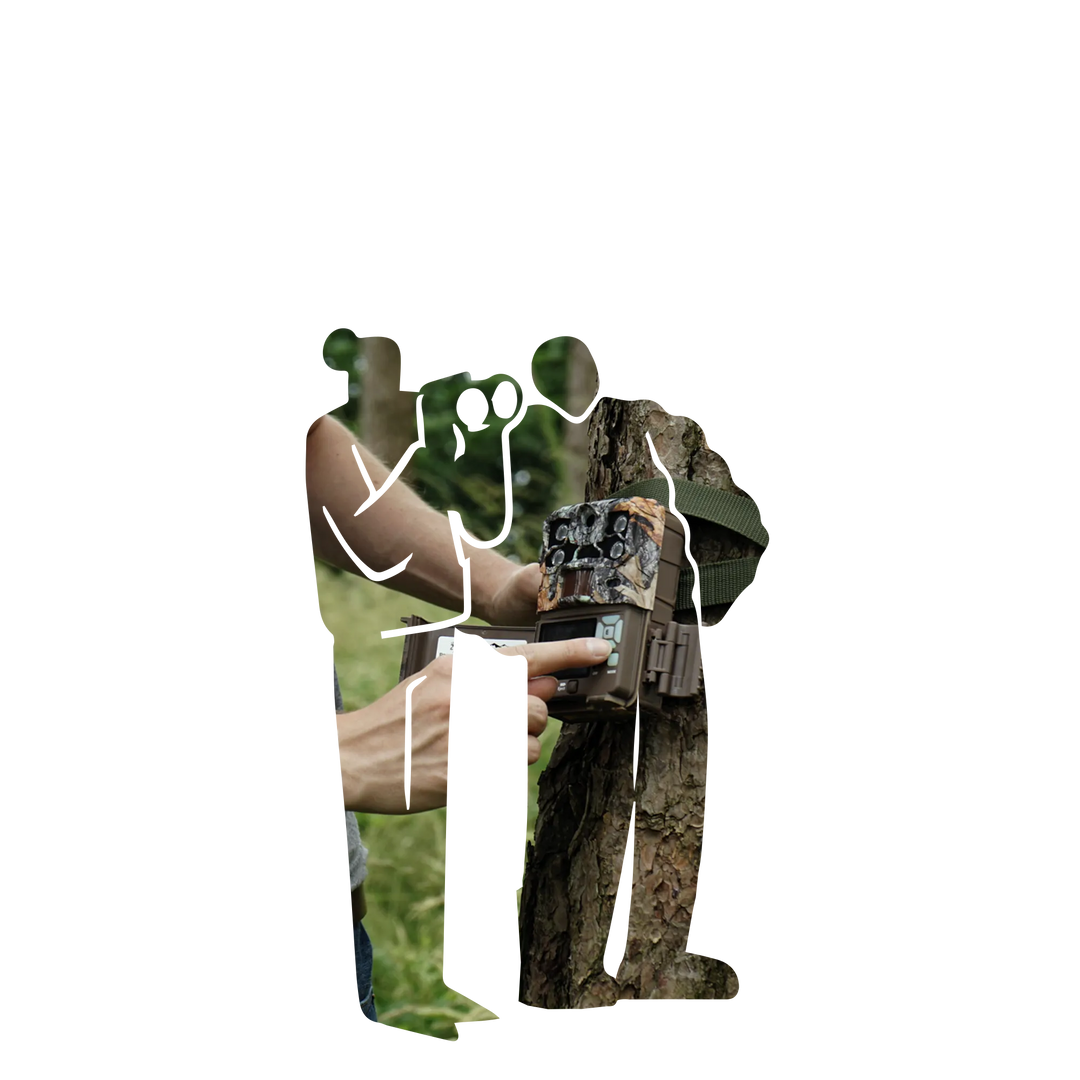
Adapting to a Changing Environment
The Ala Programme faces major challenges from climate change, including drought, wildfires, and increasingly severe storms. In early 2025, a large fire and then tropical storm Jude caused significant damage to forest corridors. Despite these setbacks, SEED and its partners have adapted quickly by replanting thousands of seedlings, strengthening firebreaks, and trialling new habitat restoration methods.

